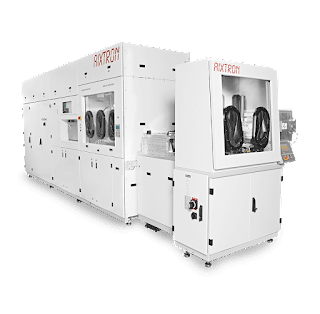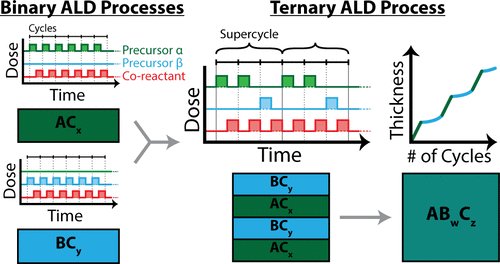The University of Connecticut group of Dr. Necmi Biyikli, with others, have recently published a paper (J. Vac. Sci. and Technol. A 37 (2019) 020927) where they were able to achieve good quality, highly stoichiometric AlN using hollow cathode plasma-assisted atomic layer deposition (HCPA-ALD) with film densities near bulk values. Because of the high radical flux from the source, significantly lower RF power was required to achieve this improvement in material quality compared to past experience, and shorter plasma on cycles could be used at these lower powers (20 seconds at 100 watts compared to 40 seconds at 300 watts).
Similar improvements in silicon nitride deposition were recently achieved by a team at the University of Texas, Dallas, where excellent quality, highly stoichiometric, high-density PA-ALD grown material was performed using one of our hollow cathode plasma sources (see, for instance, IEEE Electron Device Letters 39 (2018) 1195 ).
The image shows the University of Connecticut plasma source with ellipsometer ports and sample entry door. The 4″ diameter source was custom made for use with an Okyay Tech ALD system.
Meaglow’s hollow cathode plasma sources are widely used by the ALD Research Community as replacements for inductively coupled plasma (ICP) sources because there is less oxygen contamination when depositing non-oxide materials. However, these recent papers, by the University of Connecticut and the University of Texas, Dallas, illustrate advantages that may be far more important for the industry moving forward. Those being an extremely high radical flux, to the point where the ion signal (ion densities are similar to ICP sources) is swamped by the signal of radicals during optical emission spectroscopy measurements, and relatively low plasma damage (see our company white paper on hollow cathode sources). These result in quicker deposition times with potentially more stoichiometric, better quality material.



%20(1).png)





















